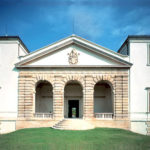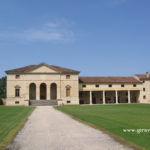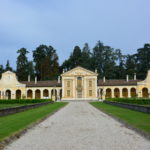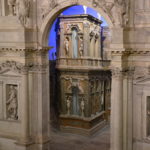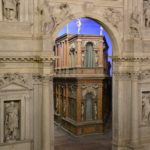Bath and Somerset: A Timeless Connection
Some places feel familiar even from afar—Bath and Somerset are such places for me.
 Once known as Aquae Sulis, Bath has been a spa destination since Roman times, thanks to its natural hot springs. After the fall of the Roman Empire, the baths disappeared, only to regain significance during the Middle Ages as the town became a center for wool production.
Once known as Aquae Sulis, Bath has been a spa destination since Roman times, thanks to its natural hot springs. After the fall of the Roman Empire, the baths disappeared, only to regain significance during the Middle Ages as the town became a center for wool production.
The real transformation came in the 18th century, when Bath evolved into one of Europe’s most elegant spa towns. Visionary figures like Richard Nash and architects inspired by Palladian and Vitruvian principles reshaped the medieval city into a masterpiece of Georgian neoclassicism. The influence of Andrea Palladio, first introduced to England by Inigo Jones, flourished here, culminating in architectural marvels like Pulteney Bridge, the Royal Circus, and the iconic Royal Crescent.
 Beyond its stunning architecture, Bath is also the gateway to one of England’s great long-distance trails. Stretching 190 km through the picturesque Cotswolds, this route connects historic towns, scenic landscapes, and even one of England’s rare Palladian bridges.
Beyond its stunning architecture, Bath is also the gateway to one of England’s great long-distance trails. Stretching 190 km through the picturesque Cotswolds, this route connects historic towns, scenic landscapes, and even one of England’s rare Palladian bridges.
From the Romans to Palladio, Bath is a living testament to architecture in harmony with nature—timeless, romantic, and captivating, rain or shine.









